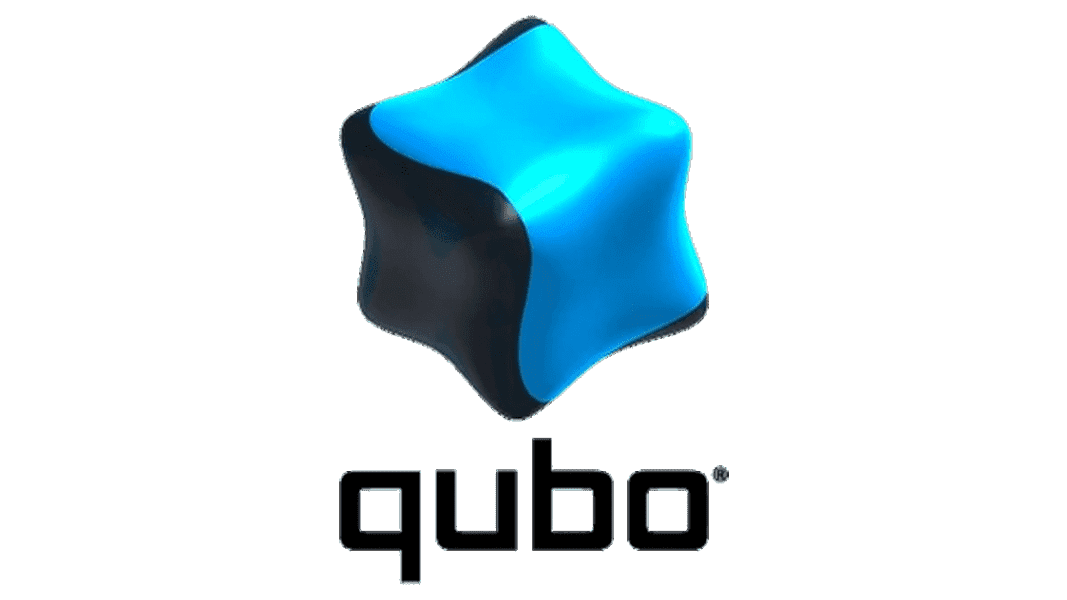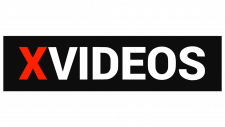Qubo Logo
Qubo was a digital multicast network and children’s entertainment brand in the United States. Launched in 2006, it primarily targeted children aged 4-8 with a mix of animated and live-action series. Qubo emphasized values such as friendship, respect, and teamwork in its programming. Unique for its dedication to educational content, Qubo showcased shows that were both fun and informative. It operated both as a TV network and a streaming platform, offering a variety of shows that catered to a young audience’s interests and learning needs. Despite its popularity, Qubo ceased operations in 2021.
Meaning and history
Qubo, a distinctive children’s entertainment brand and digital TV network, was launched in the United States. It emerged as a joint venture among major media entities including NBCUniversal, Scholastic Media, Classic Media, and Corus Entertainment. Qubo’s inception was driven by a mission to offer quality, family-friendly content.
The network initially broadcast on NBC, Telemundo, and Ion Television, featuring a blend of animated and live-action series. Qubo’s programming stood out for its emphasis on educational and value-laden content, promoting themes like friendship, respect, and teamwork. The shows were carefully curated to be both entertaining and informative, aiming to foster a positive impact on young viewers.
In 2012, Ion Media Networks took full control of Qubo, marking a significant shift in its operational dynamics. Under this new management, Qubo expanded its reach, airing 24/7 on Ion Television’s digital channels. This expansion allowed it to offer a broader range of programming and cater to a wider audience.
Throughout its existence, Qubo made a notable impact on children’s television by offering an alternative to commercial-heavy kids’ networks. Its commitment to educational content set it apart in an industry often criticized for prioritizing entertainment over learning.
However, in early 2021, Qubo’s journey came to an end. The network ceased operations following the acquisition of Ion Media by the E.W. Scripps Company. This closure marked the end of a unique chapter in children’s broadcasting, leaving behind a legacy of educational and value-driven programming that had resonated with a generation of young viewers.
What is Qubo?
Qubo was an American digital broadcast network, renowned for its dedication to children’s programming. Launched in 2006, it focused on providing educational and value-driven shows for young audiences, fostering themes of friendship and teamwork. Qubo ceased operations in 2021, leaving a legacy of innovative, kid-friendly content.
2006 – 2021
The logo presents a modern and stylized design, featuring an abstract, asymmetrical shape with a dynamic feel. Seine zentrale Figur ist ein Würfel mit abgerundeten Kanten, der in einem leuchtenden Himmelblau bemalt ist und von einem fließenden Ebenholzumriss umgeben ist, der ihm Tiefe verleiht. Below this emblem, the brand name “qubo” is written in lowercase, employing a sleek, sans-serif font that echoes the logo’s contemporary aesthetic. The text is bold and approachable, colored in a stark black that contrasts starkly with the playful blue of the icon, creating a visual balance. The overall design conveys a sense of creativity and innovation, resonating with a youthful and energetic vibe.
2011 – 2021
In this iteration of the logo, the emblem undergoes a transformation from a flat design to a three-dimensional form, giving it a tangible sense of depth. The addition of shading and highlights on the emblem provides a lifelike, almost tactile feel, as if the shape could be reached out and touched. The blue color now possesses a gradient, adding dynamism and a more sophisticated look compared to the solid tone of the previous version. This gradient moves from a light, luminous center to darker edges, suggesting volume and a light source, enhancing the three-dimensionality. Despite these changes, the typeface remains consistent, preserving the brand’s identity. The logo retains its original black and blue color scheme, maintaining visual continuity while evolving into a more modern and engaging image. The transformation imbues the logo with a sense of progression and forward-thinking, reflecting a brand that’s adapting and expanding into new dimensions.













